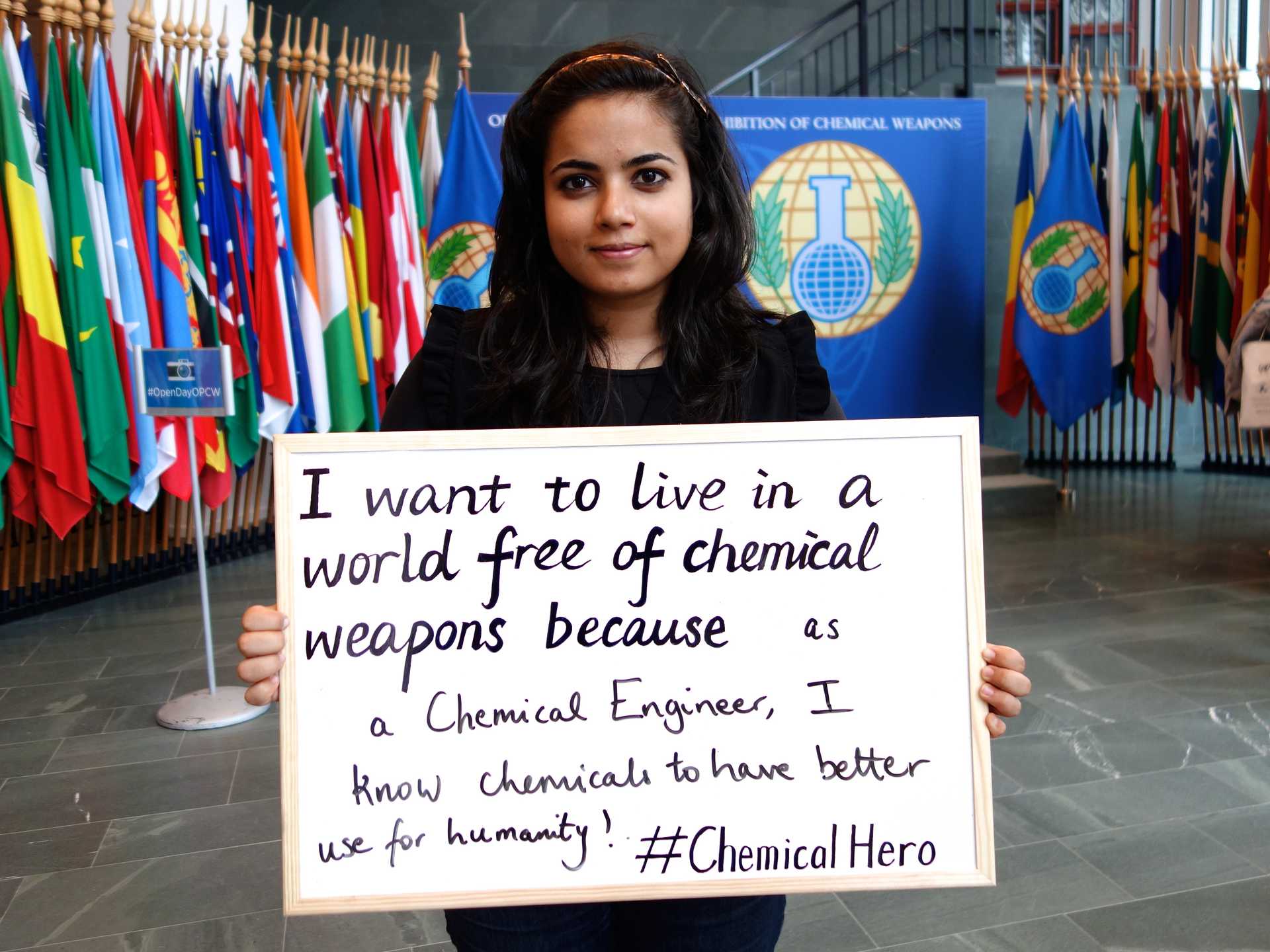
Chemical weapons (G) are the one category of non-conventional weapons that have been and are still being used as a method of warfare (G) in spite of a long history of multilateral agreements to outlaw them.
The Chemical Weapons Convention (G) is currently the most sophisticated international tool to prevent chemical warfare (G). It bans not only CW possession but also the preparatory steps toward chemical warfare: development, production and stockpiling of such munitions, as well as training in their offensive deployment. In addition, any state party must declare and destroy under international supervision any stockpile it owns.
A total of 193 out of 197 UN members and observer states are now party to the CWC. This makes it the most successful weapons control treaty ever concluded. In 2023, the OPCW achieved a key milestone with the completion of destruction of declared chemical weapons.
Despite its obvious successes in eliminating CW – the 2013 Nobel Peace Prize testifies to this – the OPCW faces significant challenges in the mid- to long-term future.
Science and technology do not stand still. This means that new chemical molecules, including toxic ones, are being designed and possibly commercialised in increasing quantities. Many have properties that could make them attractive for future chemical warfare. The General Purpose Criterion (G) prohibits any such potential and thus keeps the CWC abreast of such developments.
However, these developments still impact the CWC’s verification (G) regime. To make reporting and industry inspections manageable, the CWC uses three Schedules (G). However, the ongoing reluctance to update these Schedules threatens to render the monitoring and inspection tools obsolete. Furthermore, production processes also evolve and affect declaration as well as monitoring requirements.
With the Syrian civil war, the CWC has been confronted with chemical warfare, including allegations that a state party is in material breach of its obligations. The OPCW successfully eliminated Syria’s chemical warfare capacity, despite some uncertainties. The repeated use of chemical weapons by government and insurgent forces poses a serious challenge to the treaty’s integrity and requires concerted action by the international community.
Terrorism is a concern for the OPCW. However, international assistance and cooperation can strengthen national legal and response capacities to prevent and react to incidents. Chemical security and safety help to protect critical infrastructure.
The emergence of the phenomenon of state-sponsored assassination with nerve agents is an unanticipated new challenge. While the OPCW can assist national investigations with Technical Assistance Visits, the procedures in Article IX to address concerns of non-compliance appear insufficient to resolve matters in the absence of a concerned state party’s willingness to meaningfully engage in the process.
Further Reading
Internet resources
- Australia Group
- CWC text
- OPCW
- Syria: OPCW-UN Joint Mission
- Syria: OPCW-UN Joint Investigative Mission
- UNSC Resolution 1540 (2004)
- UNSG Investigative Mechanism
- The Trench